
-
Find the right food for your petTake this quiz to see which food may be the best for your furry friend.Find the right food for your petTake this quiz to see which food may be the best for your furry friend.Health CategoryFeatured products
 Adult Oral Care Small & Mini Chicken, Rice & Barley Recipe Dog Food
Adult Oral Care Small & Mini Chicken, Rice & Barley Recipe Dog FoodClinically proven kibble technology to reduce plaque & tartar build-up, specially designed for small & mini dogs
Shop Now Adult 7+ Small Bites Chicken Meal, Barley & Rice Recipe Dog Food
Adult 7+ Small Bites Chicken Meal, Barley & Rice Recipe Dog FoodSupports energy level and beautiful coat in mature dogs who prefer smaller kibble
Shop Now Adult Small Bites Chicken & Barley Recipe Dog Food
Adult Small Bites Chicken & Barley Recipe Dog FoodSupports lean muscle for dogs who prefer smaller kibble
Shop NowFeatured products Sensitive Stomach & Skin Chicken & Beef Dinner
Sensitive Stomach & Skin Chicken & Beef DinnerGourmet daily nutrition, carefully made. Tasty chunks with chicken & beef in a decadent gravy. Supports digestive health, nourishes skin and promotes a lustrous fur.
Shop Now Adult 7+ Tender Tuna Dinner Cat Food
Adult 7+ Tender Tuna Dinner Cat FoodWith delicious chunks in a decadent gravy
Shop Now Adult Chicken & Spinach Casserole Cat Food
Adult Chicken & Spinach Casserole Cat FoodWith delicious chunks in a decadent gravy
Shop Now -
DogCat
- Cat Tips & Articles
-
Health Category
- Weight
- Skin & Food Sensitivities
- Urinary
- Digestive
- Kidney
- Dental
- Serious Illness
-
Life Stage
- Kitten Nutrition
- Adult Nutrition
Featured articles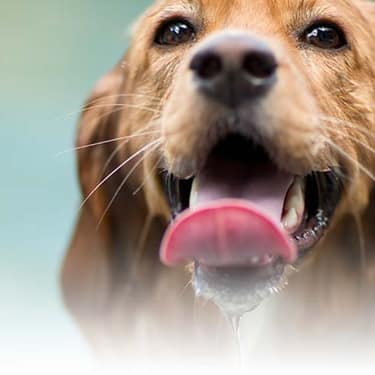 Water
WaterWater is the most important nutrient of all and essential for life. Animals can lose almost all their fat and half their protein and still survive, but if they lose 15% of their water, it will mean death.
Read MoreHill's Australian Bushfire EffortsRead More Pet Food Storage Tips
Pet Food Storage TipsWhere you store your cat and dog food can make a big difference in the quality and freshness once it is opened. Here are some common questions and recommendations for optimal storage for all of Hill’s dry and canned cat and dog food.
Read More -


When your kitty is under the weather, she can't exactly ask for a pain reliever or an ice pack to help her feel better, so you may find yourself asking, "does my cat have a fever? And, how can I tell if she does?" Learn how to identify the symptoms, causes and treatment related to your cat's fever.
Symptoms
There are tell-tale signs when humans have a fever, and these same symptoms also are visible in kitties, such as lack of appetite, weakness or lethargy, shivering, dehydration or ears that are warm to the touch. In addition to a rapid heart rate and/or increased respiratory rate, cats may exhibit other symptoms specific to the illness that may be causing the high fever, depending on what ailment is troubling your feline friend.
The most conclusive way to determine if your cat has a fever is to take her temperature. A cat's normal body temperature is between 99.5 and 102.5 degrees Fahrenheit. A temperature above this range may indicate a fever.
Ear thermometers may be easier and more convenient for pet parents, but as Petcha explains, "The best and most economical way for you to take your cat's temperature is by using a pediatric rectal glass or digital thermometer. Taking your cat's temperature usually takes two people: one to restrain the cat and the other to insert the thermometer." Be sure to lubricate the thermometer with petroleum jelly and leave in for at least two minutes to get the most accurate result. Be sure to not stick a rectal thermometer in too far as the rectal tissue is sensitive and can cause damage to your cat. Also, never use a mercury thermometer on your cat because if the thermometer breaks it can be very harmful for your cat's health and life.
Although not the most appealing or comfortable method, taking the rectal temperature is the best way to answer the question of whether or not your cat has a fever. If you are uncomfortable taking your cat's temperature, contact your veterinarian right away so you can take her in for an appointment and have her temperature taken by a professional. It is also important to bring in your cat's vaccination record to help your veterinarian get the best record of any other illness that your cat may not have been vaccinated against to help narrow down what is causing your cat's fever.


Tasty Tips
Causes
Once you determine your cat has a fever (or, pyrexia, as it's known in medical terms), your vet will determine whether further testing is required to determine the cause. Knowing the cat's health history will be of great help. If you have to bring your cat to an after-hours veterinary office instead of her regular doctor, be sure to bring documentation of her history, especially a list of medications, as sometimes cats can have a bad reaction to certain drugs.
Similar to fevers in humans, there is a wide range of possible causes for fever in cats, the most common of which is a bacterial infection. Other possibilities include immune system or inflammatory issues, exposure to toxins, a disorder or a disease. It's also possible that fever in cats is caused by an unknown problem, at which point you and your vet can discuss the next steps.
Treatment
Along with rest and hydration, fevers in cats typically are treated with antibiotics. As with taking your cat's temperature, getting your cat to take medication may not be easy, but it's important. If she spits out her pill or won't eat the cat food in which you've hidden it, VCA Hospitals provides great tips for giving pills to a feisty cat. One method includes wrapping her in a towel for comfort and security. It's a good idea to employ a helper to assist with this challenging job.
In some instances, your vet can provide you with a liquid medication, which is easier to administer.
It's not easy to watch your fur baby suffer from a fever, but in addition to following your vet's instructions for medical care, there are things you can do to catch an illness before it progresses. Performing regular cat maintenance (brushing her teeth, clipping her claws) and check-ups (look at her ears, monitor her eating and drinking habits) provides you with a great baseline for your kitty's health.
And don't forget to smother her with snuggles and cuddles. A little love goes a long way to help your kitty get well soon!


Christine O'Brien is a writer, mom, and long-time cat parent whose two Russian Blues rule the house. Her work also appears in Care.com, What to Expect, and Fit Pregnancy, where she writes about pets, pregnancy, and family life. Find and follow her on Instagram and Twitter @brovelliobrien.
Related products

With delicious chunks in a decadent gravy

Gourmet daily nutrition, carefully made. Tasty chunks with chicken & beef in a decadent gravy. Supports digestive health, nourishes skin and promotes a lustrous fur.

With delicious chunks in a decadent gravy

With delicious chunks in a decadent gravy
Related articles

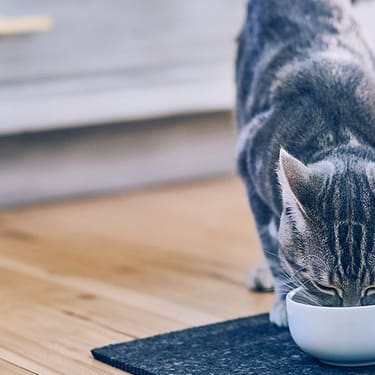
Good nutrition is about the right balance of nutrients. Learn more about health issues when feeding a cat food that has an improper nutritional balance from your friends at Hills Pet Nutrition.
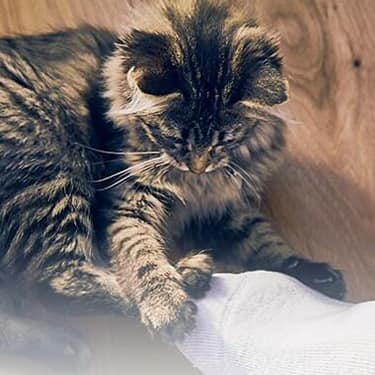
Discover which cat toys games your feline friend might like, and how they are great sources of exercise. Explore our library of articles to learn more.
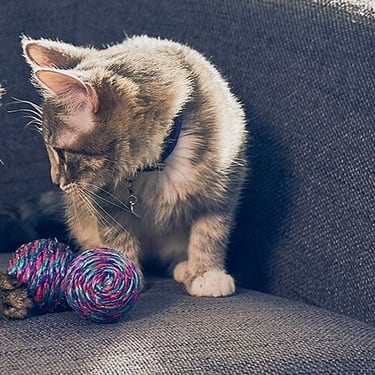
Are you looking to get your cat more active? Does she constantly look bored? Then you may want to consider using a food-dispensing (also known as treat-dispensing) cat toy, which provides both physical and mental stimulation during snack times.
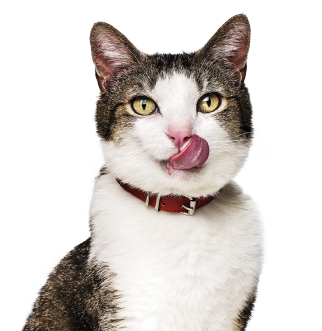
Put your cat on a diet without them knowing
Our low calorie formula helps you control your cat's weight. It's packed with high-quality protein for building lean muscles, and made with purposeful ingredients for a flavorful, nutritious meal. Clinically proven antioxidants, Vitamin C+E, help promote a healthy immune system.
Put your cat on a diet without them knowing
Our low calorie formula helps you control your cat's weight. It's packed with high-quality protein for building lean muscles, and made with purposeful ingredients for a flavorful, nutritious meal. Clinically proven antioxidants, Vitamin C+E, help promote a healthy immune system.



